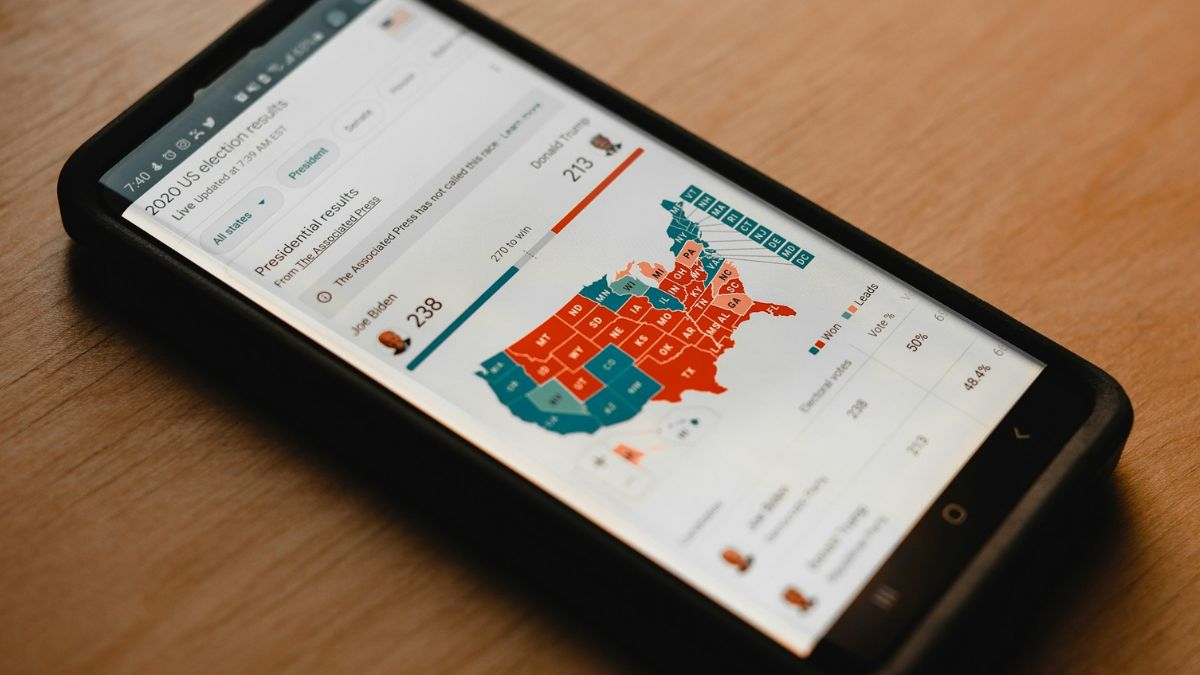In the United States, the intricate tapestry of democracy is woven through a series of elections that occur at federal, state, and local levels. A common question that arises is whether state and local elections are held concurrently with federal elections? The answer is nuanced, reflecting the decentralized nature of the U.S. election system.
US Election 2024: Federal vs. State and Local Elections
Federal elections in the U.S. are held on the first Tuesday after the first Monday in November of even-numbered years. This includes the presidential elections every four years and congressional elections every two years. However, the timing of state and local elections is not mandated by the federal government and can vary significantly.
The country’s election system is highly decentralized. While the U.S. Constitution does set parameters for the election of federal officials, state law, not federal, regulates most aspects of elections in the U.S., including primary elections, the eligibility of voters (beyond the basic constitutional definition), the running of each state’s electoral college, as well as the running of state and local elections. All elections—federal, state, and local—are administered by the individual states, with many aspects of the system’s operations delegated to the county or local level.
Convenience and cost-saving measures
Many state and local governments choose to hold their elections simultaneously with federal elections. This decision is often driven by convenience and cost-saving considerations. Aligning election dates allows for a consolidated process, reducing the need for multiple voting days and the associated administrative expenses.
Off-year elections
Despite the common practice of synchronizing election dates, some states opt to hold their state and local elections during odd-numbered “off years” e.g Virginia. These off-year elections are typically for positions such as governor, state legislators, mayors, and other local officials. The rationale behind this choice can include a desire to focus voter attention on state and local issues without the overshadowing presence of federal races.
Voting methods
The most common method used in U.S. elections is the First-Past-the-Post System, where the highest-polling candidate wins the election. Under this system, a candidate only requires a plurality of votes to win, rather than an outright majority. Some may use a Two-Round System, where if no candidate receives a required number of votes (usually but not always a majority) then there is a Runoff between the two candidates with the most votes.
Primary elections
The timing of primary elections, which determine party nominees for the general election, also varies by state. Presidential primaries, in particular, are staged across states, beginning in January or February and concluding around mid-June before the November general election.
Impact on voter turnout
The decision to hold state and local elections concurrently with or separately from federal elections can have a significant impact on voter turnout. Elections held on the same day as federal elections tend to see higher participation rates due to increased voter awareness and interest. Conversely, off-year elections often suffer from lower turnout, as they may not receive the same level of media coverage or public attention.
A flexible election system
The synchronization of state and local elections with federal elections is not a uniform practice across the United States. While many jurisdictions find it advantageous to hold elections concurrently for practical reasons, others choose separate dates to highlight local governance. This flexibility allows each state and locality to tailor its election schedule to its unique needs and priorities, embodying the federalist structure of the nation.

